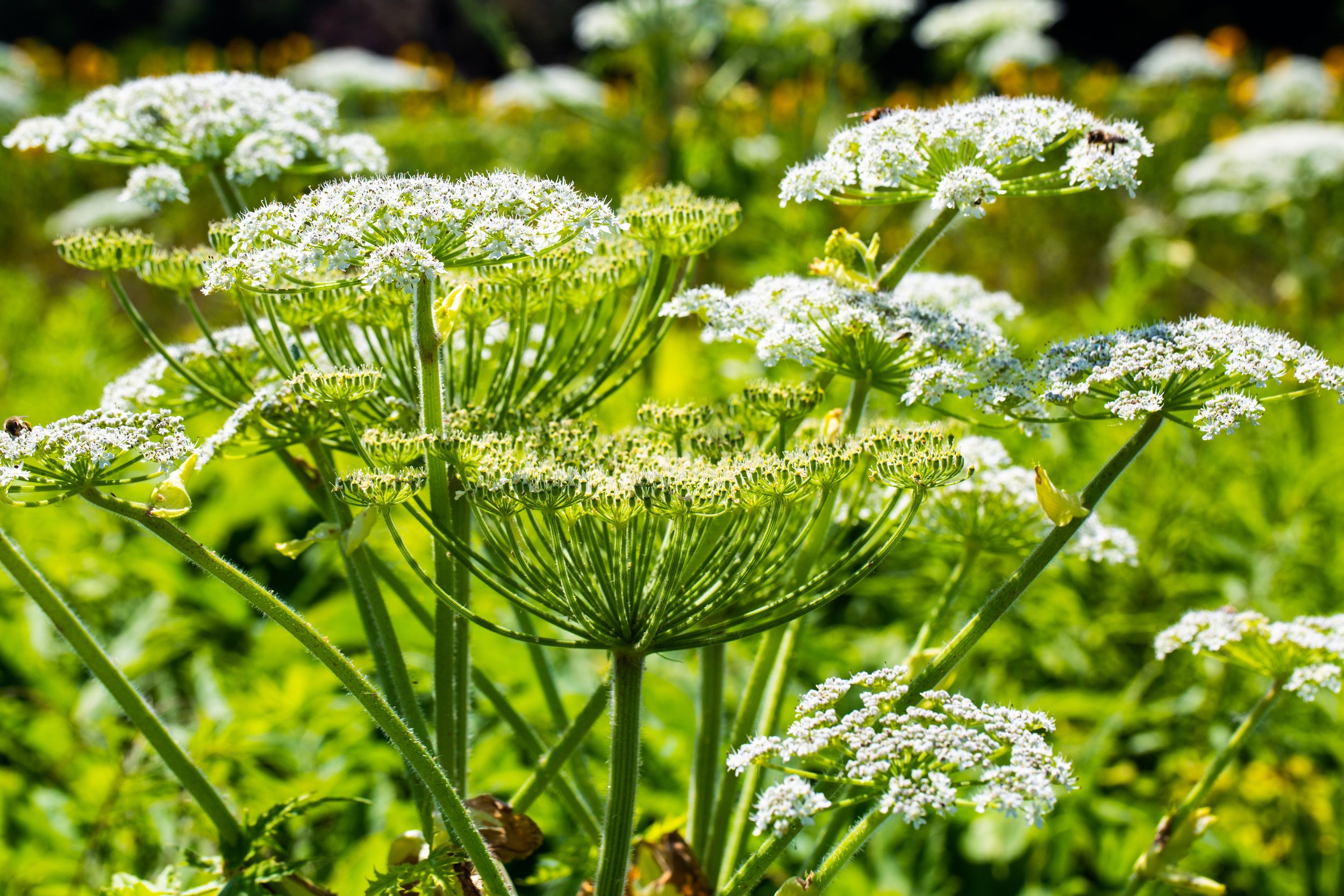Giant Hogweed – what’s all the fuss about?
In the last two weeks I have seen two articles in the news about the horrific damage giant hogweed can do. But do we (me included) really fully understand it? Can we spot it if we are out and about? And what does it actually do to your skin?
What does it look like?
Giant hogweed looks like a massive cow parsley plant. It can reach heights of up to 5m and can spread up to 2m. This plant is not native to the UK, but it can be found throughout the UK, especially near water and river banks. It is super invasive, meaning it will spread very quickly if not removed properly.
Why is it dangerous?
The sap of the plant can cause burns on the skin. These can be very thick and painful. The sap makes the skin extra sensitive to the sunlight. This allows the skin to burn in the sunlight, causing extreme blisters. This blistering can occur over and over for months, or years after first contact.
If you have been blistered by hogweed plant, then you will have to cover that area of skin from the sunlight potentially for a number of years.
At any point you touch giant hogweed, wash that area of skin as soon as possible, and keep away from sunlight for a few days after. It will have been damaged and so you need to reduce any further skin damage.
The damaged / burnt area of skin will be very painful, and can leave considerable scaring. This is why the giant hogweed is known as “Britian’s most dangerous plant”.
What do I need to do?
If you are working in an area with giant hogweed, you need to report it to the council. It needs to be removed safely, to ensure that no person comes into contact with it. It is also classed as controlled waste, so you can only dispose of it at a licensed landfill site (similar to Japanese Knotweed). Never be tempted to cut the hogweed, as this will spread the sap, potentially injuring more people.
Safety For are about Safety For ALL. Whatever your business size, industry and needs, we are here for you.



